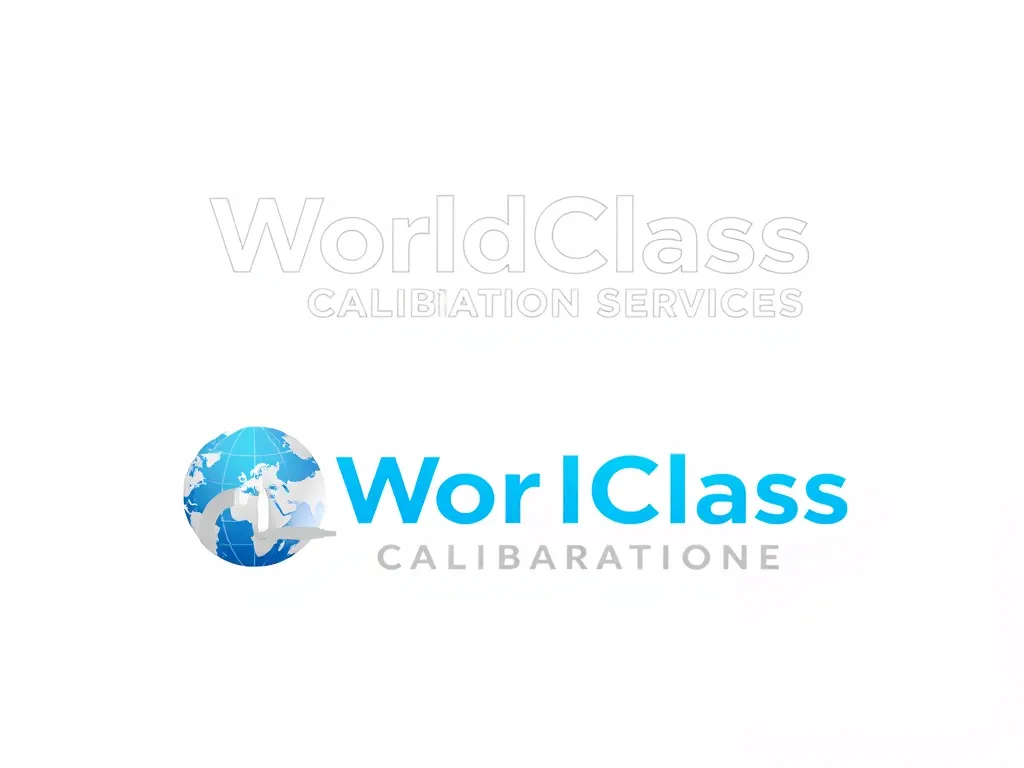Enhancing Measurement Accuracy Through Regular Calibration

Understanding Measurement Accuracy and Calibration
Measurement accuracy and calibration are crucial components in any scientific or engineering field. Measurement accuracy refers to how close a measured value is to the true value, while calibration is the process of adjusting an instrument to ensure its accuracy. Without effective calibration, measurement accuracy can suffer significantly, leading to erroneous data and potentially serious consequences across various industries.
Calibration is fundamental in maintaining measurement accuracy. It involves comparing an instrument's measurements to a known standard and making necessary adjustments. The significance of regular calibration becomes evident when considering industries where precision is paramount, such as pharmaceuticals, aerospace, and manufacturing. Poorly calibrated instruments can produce results that are misleading, potentially jeopardizing safety and quality.
In scientific research, the importance of ensuring high Measurement Accuracy cannot be overstated, as it directly impacts the validity of results.
The quest for high measurement accuracy and effective calibration spans various disciplines and applications. From the basic lab measurements to complex industrial processes, accurate measurements lead to reliable data for decision-making and process control. Understanding the relationship between measurement accuracy and calibration is critical for professionals who rely on precise measurements to conduct experiments or produce products.
Moreover, the implementation and maintenance of measurement accuracy and calibration systems require knowledge of regulations, standards, and practices. Professionals in many fields must navigate specifications like ISO standards for calibration and measurement traceability, which highlight the necessity for continual accuracy assurance through regular recalibration.
In conclusion, measurement accuracy and calibration are inseparable elements that contribute to the integrity of measured data. The importance of both can’t be overstated, as they form the backbone of reliable scientific inquiry, quality assurance, and regulatory compliance across numerous fields.
The Importance of Calibration
Understanding measurement uncertainty is essential in the context of calibration. Measurement uncertainty refers to the doubt that exists regarding the result of any measurement. It is critical to define where uncertainty comes from and how it can affect measurement outcomes, as it directly correlates to the precision of measurements and the reliability of calibration processes.
The impact of uncalibrated instruments can be quite significant. In fields where precise measurements are vital, uncalibrated instruments can lead to flawed processes and costly errors. For example, in the pharmaceutical industry, inaccurate measurements could result in the incorrect formulation of drugs, potentially endangering patient safety.
Regulatory requirements for calibration vary by industry, and adherence to these regulations is essential. Various organizations establish guidelines that dictate how often equipment must be calibrated, the standards to adhere to, and the documentation required to demonstrate compliance. Failing to meet these requirements can result in severe repercussions, including fines or loss of certification.
Calibration Techniques
There are various calibration methods available, each with its advantages and disadvantages. Comparison calibration, where the instrument is compared to a standard with a known accuracy, is one of the most common methods. Additionally, self-calibrating methods or using intermediary standards provide different advantages depending on the context.
Modern calibration technologies have evolved significantly. Automated calibration systems, software-based solutions, and remote calibration technologies are becoming increasingly prevalent. These innovations improve efficiency, reduce human errors, and enhance overall measurement accuracy.
Field calibration versus laboratory calibration presents another consideration. Field calibration allows for quick adjustments on-site and is beneficial for portable instruments, while laboratory calibration usually provides a more controlled environment, which can result in higher precision but may be less convenient for frequently used instruments in the field.
Calibration Frequency
Determining optimal calibration intervals is essential for maintaining measurement accuracy. Factors that influence this decision might include the frequency of use, environmental conditions, and manufacturer recommendations. Conducting a risk assessment can also help organizations determine how often their equipment should be calibrated to minimize potential inaccuracies.
The consequences of infrequent calibration can be detrimental. If measurement instruments are not calibrated regularly, there is an increased probability of drift away from true values due to wear and environmental factors, which can irreparably affect the reliability of measured data.
Different industries adhere to specific standards for calibration frequency. Depending on the field, calibration may be required daily, quarterly, or annually. Compliance with industry standards ensures consistency and reliability in processes and products, ultimately leading to better outcomes.
Tools for Calibration
Calibration equipment is diverse, ranging from simple handheld devices to sophisticated laboratory instruments. Each tool serves a unique purpose in establishing and verifying measurement accuracy, and the selection of appropriate tools is crucial to the success of any calibration process.
Software solutions for tracking calibration are increasingly important for managing calibration data and schedules. Many organizations use software to maintain records of calibration history, track schedules, and notify personnel of upcoming recalibrations to ensure that instruments remain within specified accuracy limits.
Best practices for using calibration tools include proper handling, routine maintenance, and regular checks to ensure instruments remain within their operational specifications. Training personnel to use these tools effectively can also improve the overall reliability of calibration efforts.
Training for Calibration
Training programs for calibration technicians are essential for developing the skills needed for accurate and effective calibration procedures. Organizations should invest in comprehensive training programs that cover the principles of measurement, calibration techniques, and the use of calibration tools and software.
The importance of skilled personnel in calibration cannot be overstated. Well-trained technicians are crucial for ensuring that instruments are calibrated accurately, minimizing errors and maximizing measurement reliability. Their expertise helps uphold quality standards and can significantly aid in problem-solving during calibration processes.
Continuous education on calibration standards is vital in keeping up with evolving technologies and regulations. Ongoing training allows calibration professionals to stay informed about new methodologies, best practices, and updates to industry standards, thereby enhancing the overall effectiveness of measurement accuracy and calibration.
